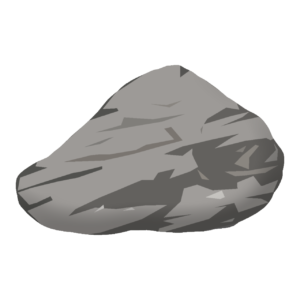The Downlink • Mar 24, 2023
Asteroids worth getting psyched about
Space Snapshot
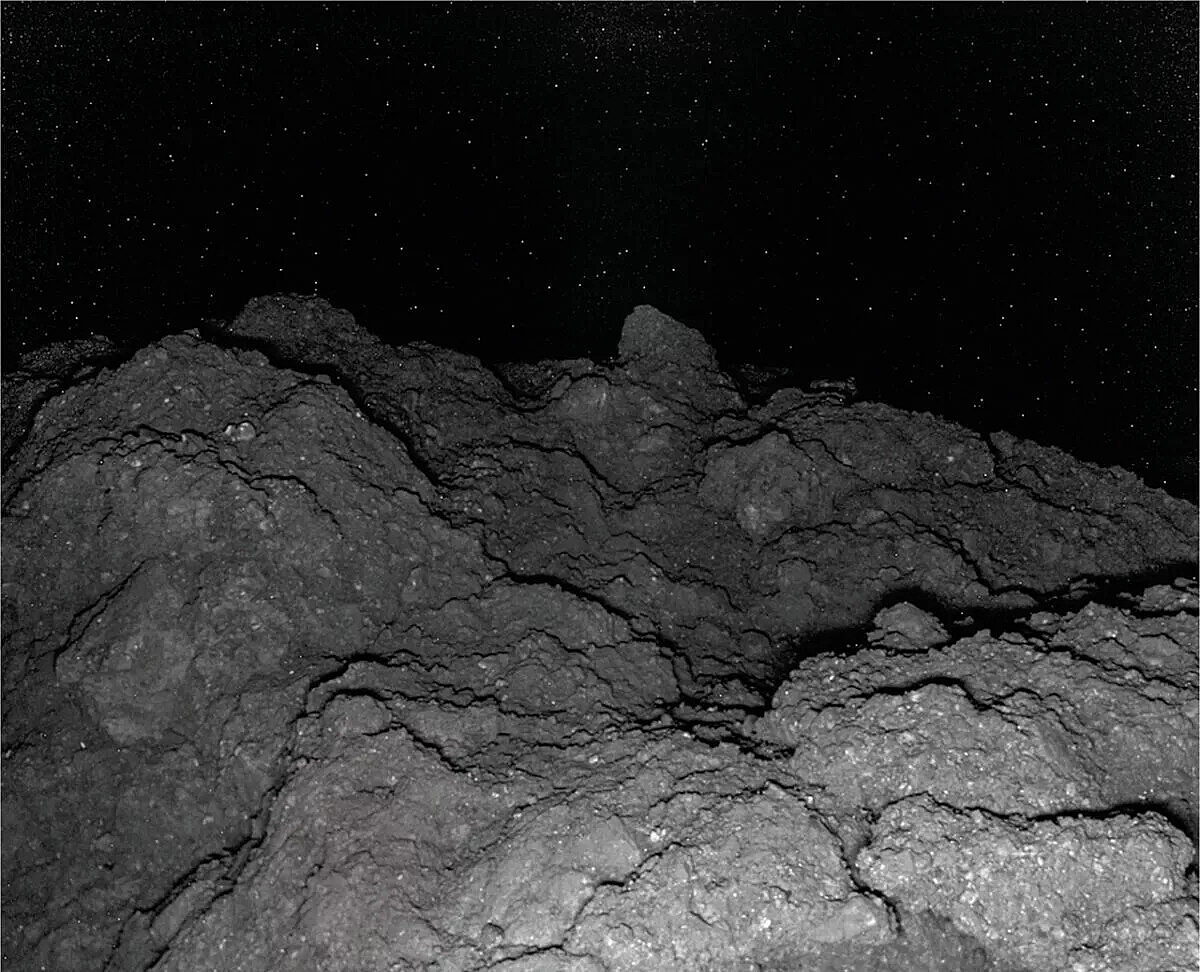
This eerie image of the surface of asteroid Ryugu was taken by a lander deployed by the Japan Aerospace Exploration Agency (JAXA) spacecraft Hayabusa2 in 2018. In it, you can see the loosely bound, rocky material that makes up this ancient asteroid. Before collecting a sample to return to Earth, Hayabusa2 dropped the MASCOT lander, which was provided by the German and French space agencies, and two “hopping” rovers provided by JAXA. Together they studied Ryugu’s surface and captured remarkable images. Now, new discoveries are being made from studies of the sample material Hayabusa2 brought back to Earth. Read on to learn more. Image credit: MASCOT/DLR/JAXA.
You love space, now take action
This weekly newsletter is your toolkit to learn more about space, share information with your friends and family, and take direct action to support exploration. Anyone can subscribe at planetary.org/connect to receive it as a weekly email.
Mission Briefings
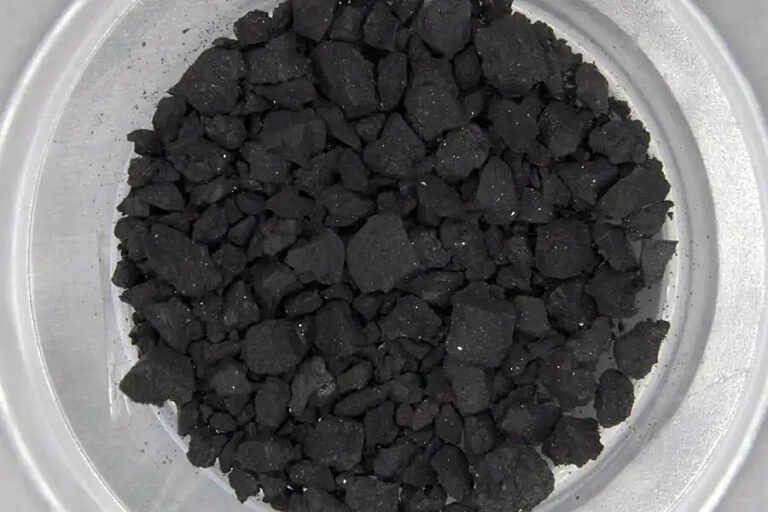

Material from asteroid Ryugu may contain an RNA building block. Analysis of a small sample of the asteroid Ryugu (pictured) returned to Earth by Japan’s Hayabusa2 mission in 2020 has found signs of uracil, one of the four building blocks of RNA, as well as complex organic molecules that are essential for life as we know it. NASA’s OSIRIS-REx spacecraft is on its way back from another asteroid with even more material, which will add to our understanding of the role asteroids may have played in the origins of life on Earth. Image credit: JAXA.

JWST has studied the atmosphere of a planet 40 light-years from Earth. The space telescope examined VHS 1256 b, a planet that orbits two stars at a distance about four times farther out than Pluto orbits our Sun. JWST found silicate dust grains in the atmosphere, as well as water, methane, carbon monoxide, and carbon dioxide, the largest number of molecules ever identified all at once on a planet outside our Solar System.

A new study has mapped water near the lunar south pole. Data from the now-retired Stratospheric Observatory for Infrared Astronomy (SOFIA) mission allowed researchers to create a detailed map of water around the Moon's south pole. Most of it can be found as ice in the shadows of craters, where temperatures are even colder than the average lunar nightside lows.

The Artemis II rocket is coming together. Teams at NASA’s Michoud Assembly Facility in New Orleans have fully integrated the major structures of the Space Launch System rocket’s core stage for Artemis II. Scheduled for November 2024, the mission will send four astronauts around the Moon as a precursor for the next Moon landings. Next, teams will integrate the four RS-25 engines to the engine section to complete the stage.

The U.S. Department of Education wants to hear students’ ideas for advancing space science and exploration. The Your Place in Space challenge engages high school student teams from the United States to come up with innovative ideas to address challenges like orbital debris, maximize the growing space economy, apply space data to environmental efforts, and much more.
From The Planetary Society
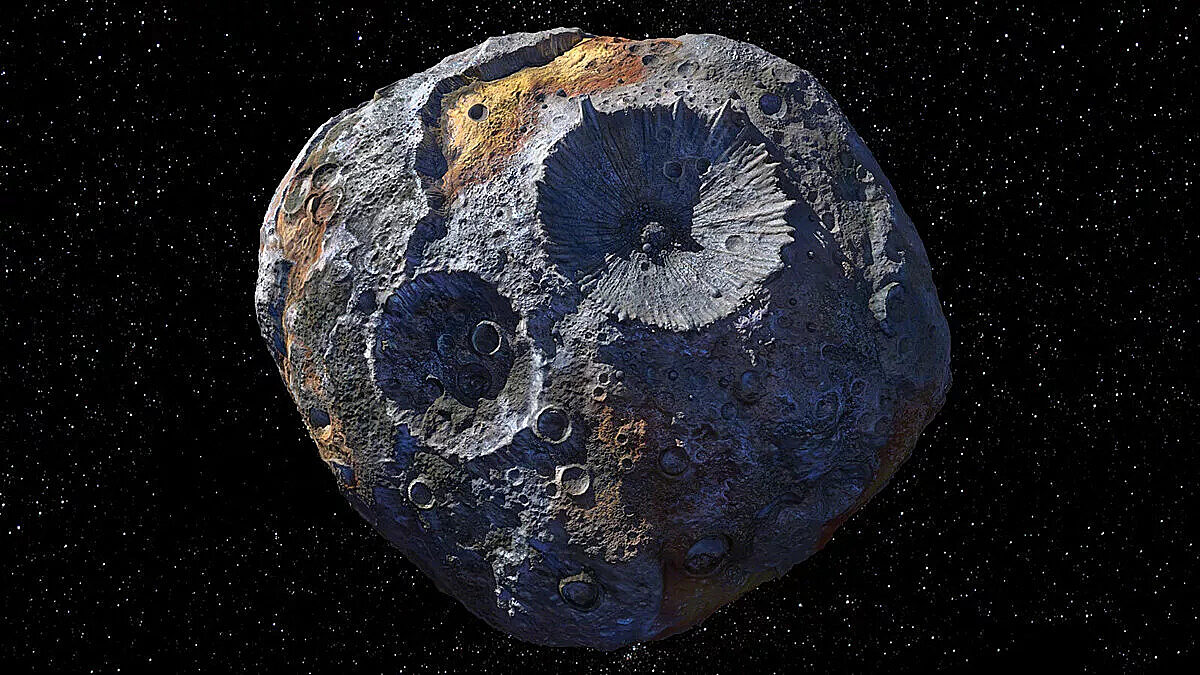

Are you psyched for Psyche? We are. NASA’s Psyche mission to explore the metallic asteroid of the same name is set to launch later this year. Lindy Elkins-Tanton, the principal investigator for Psyche, joins this week’s Planetary Radio to fill listeners in on the latest from the mission, and on what she’s looking forward to discovering when the spacecraft reaches its heavy metal target. Pictured: An artist’s impression of the asteroid Psyche. Image credit: NASA/JPL-Caltech/ASU.

When looking for alien life, there’s a lot we can learn from life on Earth. From terrestrial analogues for alien worlds to microorganisms that live on the fringes of what would be considered habitable, what happens on Earth can inform what we look for in our quest to find life beyond our planet.

NASA’s budget is facing some challenges, and you can help. The Planetary Society’s analysis of the 2024 NASA budget celebrates several wins for planetary science and exploration, but also highlights a few areas where public support is needed. If you live in the United States, you can sign two petitions right now: to encourage Congress to fund NASA adequately, and to support NASA's VERITAS mission to Venus. Wherever you live, you can also help us fight for exploration by supporting our space policy and advocacy program.

Learn about NASA, JWST, and SETI from the experts. Last week, The Planetary Society held two virtual events in our new online member community. Members got to hear firsthand from experts about NASA’s newest budget request, the science that JWST has conducted since it began operations, and a new project to train artificial intelligence to comb radio astronomy data for signs of extraterrestrial intelligence. If you’re a member, log in today to find recordings of these events. Not a member? Now’s the time to join.
What's Up

Shortly after sunset look for Jupiter very low to the western horizon. Above it, Venus shines very bright. Mars is dimmer and reddish, higher in the sky. And in the pre-dawn, look for yellowish Saturn near the eastern horizon.
Announcing The Planetary Society Book Club!

The Planetary Society officially has a book club, and you’re invited to join. This is your chance to discuss great books with fellow space enthusiasts, authors, and other experts. Our first pick: Project Hail Mary, the number-one bestselling novel by Andy Weir about an interstellar threat to all life on Earth that must be faced by a reluctant hero. Weir will join book club members for a discussion of the novel in April.
This is all happening in our new online member community, so be sure to log in or join us if you’re not a member already.
Image credit: Andy Weir/Penguin Books.
Wow of the Week
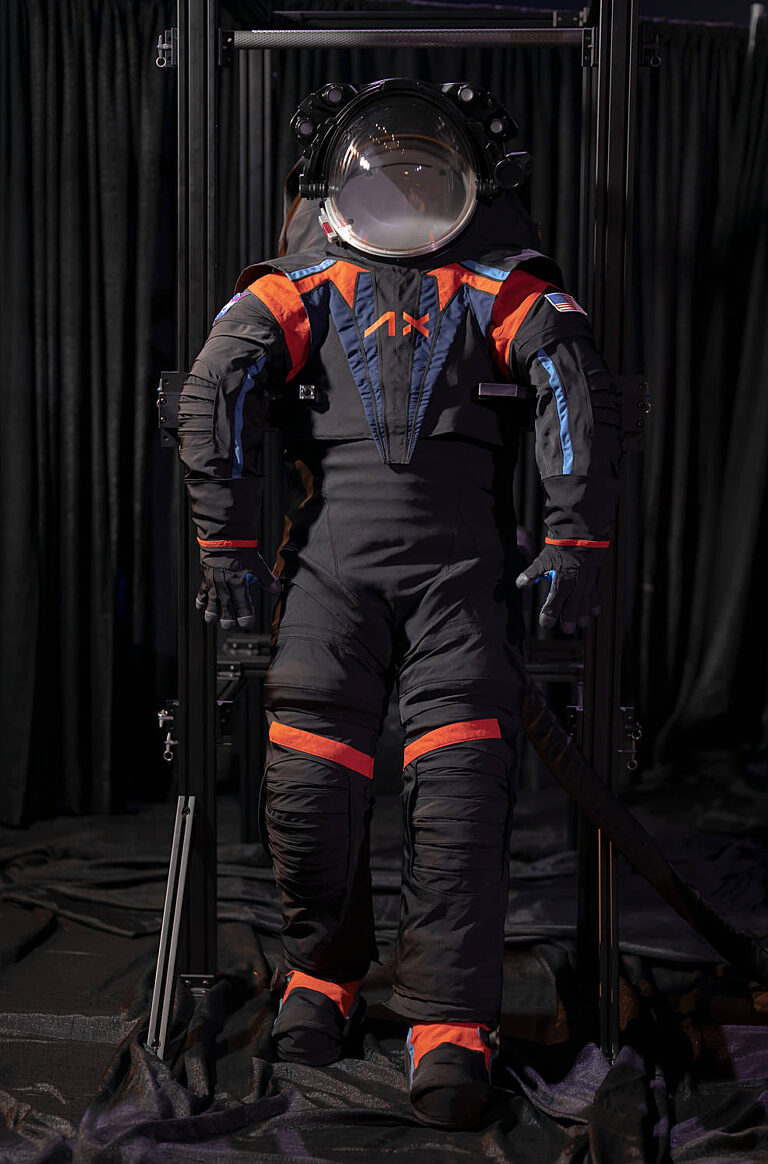
NASA recently shared this image of the spacesuit prototype for the Artemis III mission, which will return humans to the Moon’s surface for the first time in over 50 years. The final version will likely be all-white instead of the dark gray seen here, to help with temperature control. Image credit: Axiom Space.
Send us your artwork!
We love to feature space artwork in the Downlink. If you create any kind of space-related art, we invite you to send it to us by replying to any Downlink email or writing to [email protected]. Please let us know in your email if you’re a Planetary Society member!


 Explore Worlds
Explore Worlds Find Life
Find Life Defend Earth
Defend Earth


